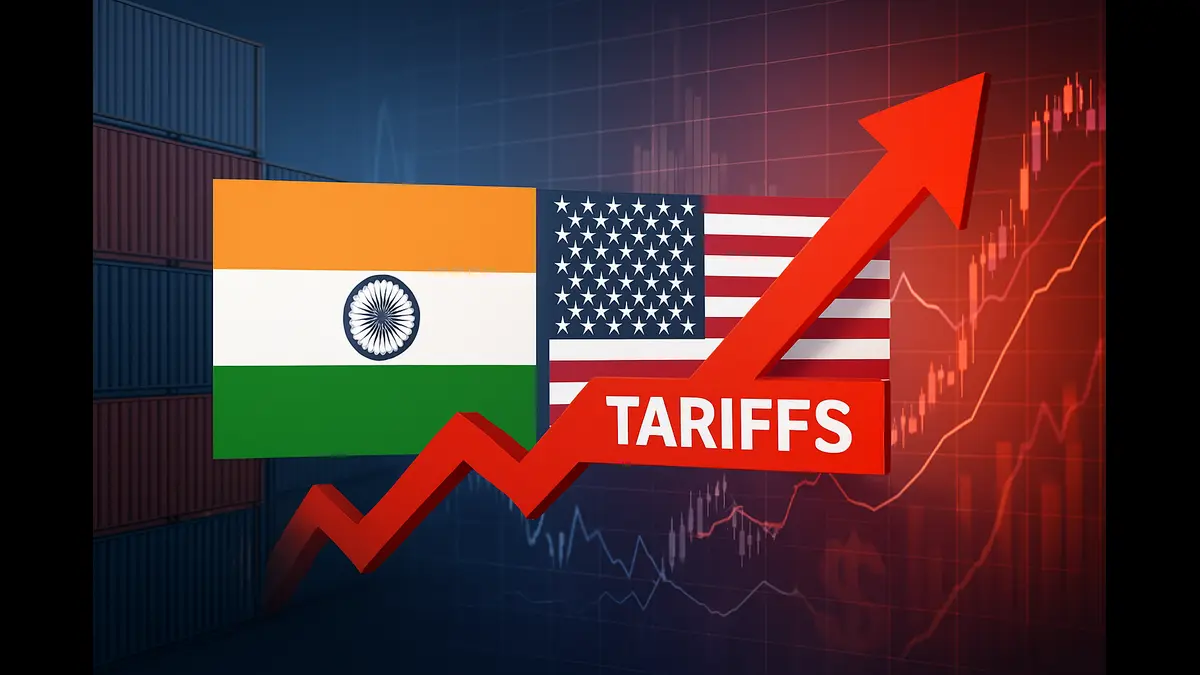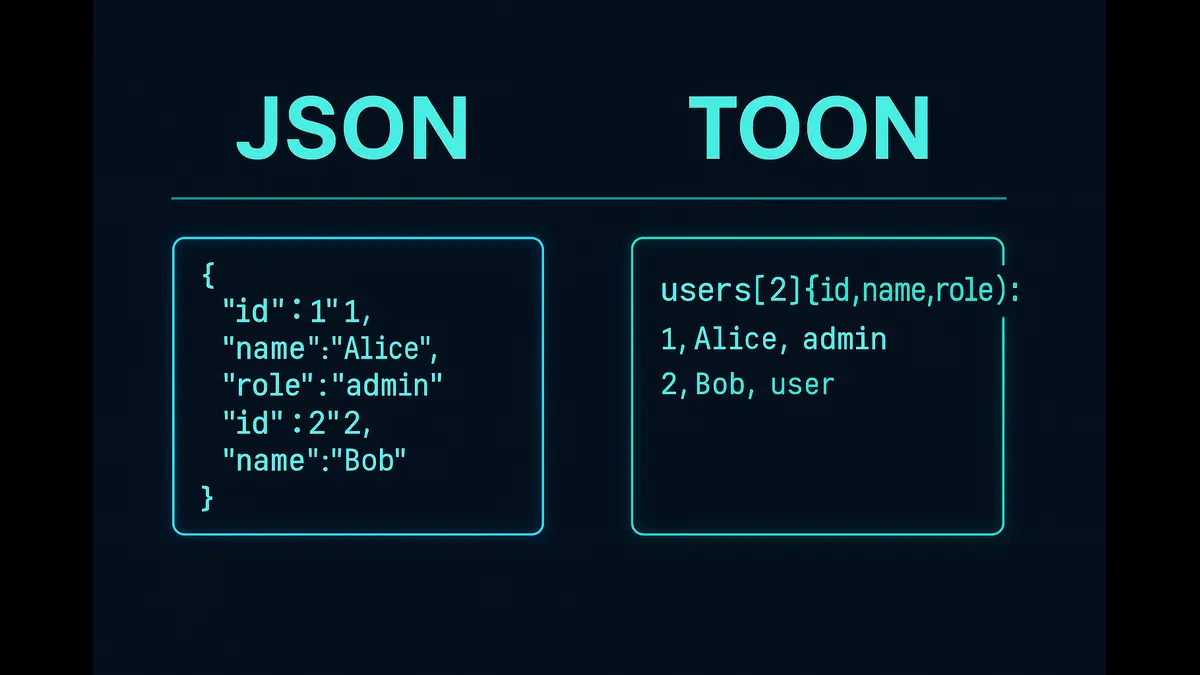
The U.S. has escalated tariffs on $40B of Indian goods, citing Russia ties. This analysis reveals how the move backfires—fueling U.S. inflation, harming small businesses, and straining strategic ties with India.
On August 6, 2025, U.S. President Donald J. Trump signed an executive order escalating tariffs on Indian imports from 25% to 50%, effective August 27, 2025, following an initial 25% tariff announced on July 31. Targeting India’s $52 billion in Russian oil imports in 2024, which the U.S. claims indirectly funds Russia’s war in Ukraine, the tariffs impact $40 billion of India’s $87 billion annual goods exports to the U.S., covering textiles, gems and jewelry, leather, seafood, and chemicals. While intended to address geopolitical concerns and trade imbalances, this policy places the United States in a precarious economic position, inflating consumer prices, disrupting supply chains, risking retaliatory trade measures, and straining bilateral relations. Through detailed case studies, a deeper examination of the geopolitical rationale, and Indian perspectives, this article illustrates why the tariffs are a costly misstep for the U.S. economy and proposes actionable mitigation strategies.
Scope of the Tariffs and Affected Goods
The 50% tariff affects 55% of India’s exports to the U.S., approximately $40 billion, across critical sectors:
Textiles and Apparel: India’s $10.2 billion in exports, including cotton shirts, woven fabrics, and home furnishings, face a 30-35% cost disadvantage compared to Vietnam (20% tariff) or Bangladesh (15% tariff).
Gems and Jewelry: India supplies $10 billion, nearly 30% of U.S. jewelry imports, including diamonds, gold, and silver, driving up retail prices.
Leather Goods: $1.5 billion in footwear and handbags lose competitiveness due to tariff-driven cost increases.
Seafood: Indian shrimp exports ($1.2 billion) face a combined 58.26% levy, including anti-dumping (2.49%) and countervailing (5.77%) duties, impacting U.S. dining costs.
Chemicals and Petrochemicals: $5 billion in exports, vital for U.S. manufacturing, face price hikes, disrupting production of plastics and industrial chemicals.
Exemptions for pharmaceuticals, semiconductors, and electronics (e.g., Apple’s iPhone production in India) provide limited relief, but the tariffs’ broad scope ensures significant economic fallout, as explored through the following case studies.
Economic Consequences for the United States: Data-Driven Analysis
Rising Consumer Costs and Inflationary Pressures
The tariffs, borne by U.S. importers, significantly increase costs for American consumers. The Tax Foundation estimates an additional $1,300 per household in 2025, pushing the U.S. average tariff rate to 18.3%—the highest since 1934, up from 2.4% in January 2025. With inflation at 2.7% in June 2025, J.P. Morgan Global Research projects it could exceed 3% by Q1 2026, surpassing the Federal Reserve’s 2% target and eroding purchasing power.
Case Study: Spice Haven Retail in Chicago
Spice Haven, a family-owned spice retailer in Chicago’s Devon Avenue, sources 60% of its inventory ($410,000 annually) from Indian suppliers, including turmeric, pepper, and cumin, part of India’s $410 million U.S. spice exports. The American Spice Trade Association (ASTA) warns that the 50% tariff could raise spice prices by 20-25%. For Spice Haven, this translates to a $123,000 cost increase (30% of sourcing costs), forcing a 20% price hike on products like a 16-ounce turmeric pack (from $5 to $6). Owner Priya Patel estimates a 15% revenue drop ($75,000) in 2025, as price-sensitive customers turn to Thai or Indonesian suppliers. This threatens the store’s viability, employing 10 staff, and reflects broader pressures on U.S. grocery and restaurant sectors.
Insight from the Numbers: The $1,300 household cost increase reduces real disposable income (median: $81,060 in 2024, U.S. Census Bureau) by 2.5%, curbing consumer spending, which drives 68% of U.S. GDP (World Bank). India’s lower 52% consumption-to-GDP ratio makes it less vulnerable, highlighting the U.S.’s exposure to import-driven inflation. The spice sector’s $410 million import value, with a 20-25% price hike, adds $82-102 million to U.S. consumer costs, per ASTA projections.
Supply Chain Disruptions and Industry Strain
The tariffs disrupt U.S. supply chains, as alternative suppliers like Vietnam or Bangladesh lack India’s production scale. The National Retail Federation projects inventory shortages for the 2025 holiday season, impacting retail sales and consumer confidence.
Case Study: Kay Jewelers in Atlanta
Kay Jewelers, a leading U.S. retailer with 900 stores, sources 40% of its diamond jewelry ($500 million annually) from India, part of the $10 billion U.S. jewelry import market. The 50% tariff adds $200 million to procurement costs, forcing Kay to raise prices or absorb a 15% profit margin reduction (based on McKinsey’s 2025 retail analysis). In Atlanta’s Lenox Square store, a $1,000 diamond ring now costs $1,200, risking a 10% sales drop ($50 million chain-wide) as customers opt for cheaper alternatives from Thailand (25% tariff). Smaller jewelers, like Goldstein’s Jewelers in Brooklyn, face graver risks, with owner David Goldstein projecting a 20% cost increase ($100,000) on $500,000 in Indian-sourced inventory, threatening closure for his five-employee business.
Insight from the Numbers: The $40 billion in affected Indian imports is 1.5% of U.S. goods imports ($2.7 trillion, U.S. Trade Representative, 2024), but concentrated impacts in jewelry and textiles amplify disruptions. Goldman Sachs estimates a 0.3% manufacturing output drop in 2025, with UBS noting $8 billion in vulnerable Indian exports (gems, apparel, chemicals). Kay’s $200 million cost increase reflects the sector’s exposure, risking $2 billion in U.S. jewelry retail losses.
Economic Slowdown and Stagflation Risks
The tariffs threaten U.S. economic growth, with J.P. Morgan forecasting GDP slowing to 0.75% annualized in H2 2025, down from 1.1% in H1. Higher import costs reduce consumer demand and manufacturing output, raising stagflation risks, as noted by Nobel economist Paul Krugman.
Case Study: Carolina Textiles in Charlotte
Carolina Textiles, a Charlotte-based manufacturer employing 2,000, relies on Indian cotton fabrics for 25% of its inputs ($10 million annually), part of India’s $10.2 billion textile exports. The 50% tariff adds $3.5 million (35%) to costs, but competition from Mexican suppliers (10% tariffs) limits price pass-through. Owner Sarah Mitchell projects a 10% workforce reduction (200 jobs) and a $2 million profit loss in 2025, as orders drop 15% due to higher prices. This mirrors broader textile industry challenges, with 500,000 U.S. jobs at risk (Bureau of Labor Statistics).
Insight from the Numbers: Goldman Sachs’ 0.3% manufacturing output drop and J.P. Morgan’s 0.75% GDP forecast highlight the tariffs’ economic drag. The U.S.’s $108 billion tariff revenue in H1 2025 (5% of federal revenue) burdens consumers (49%) and businesses (39%), with only 12% absorbed by India, per Goldman Sachs. This 88% domestic cost undermines Trump’s manufacturing revival, as seen in Carolina Textiles’ $3.5 million cost hit.
Risk of Retaliation and Trade War Escalation
India’s Ministry of External Affairs calls the tariffs “unfair,” signaling potential retaliation. India’s 2019 tariffs on U.S. apples and almonds cost farmers $200 million annually, and similar measures could target $1.5 billion in U.S. agricultural exports.
Case Study: Washington Apple Growers in Yakima
Yakima Valley’s apple industry, exporting $50 million to India annually, faces a potential 20% retaliatory tariff, mirroring 2019 precedents. This could cut revenue by $10 million, impacting 1,000 jobs, per the Washington Apple Commission. Grower Maria Lopez of Orchard Hill Farms, employing 50 seasonal workers, projects a 25% profit drop ($125,000), forcing layoffs or reduced planting. India’s $702 billion reserves (Reserve Bank of India, August 2025) and FTAs with Europe/ASEAN enable export pivots, reducing U.S. market reliance.
Insight from the Numbers: GTRI projects a 40-50% drop in Indian exports to the U.S. ($20 billion), widening the U.S.’s $45.7 billion trade deficit with India (U.S. Census Bureau, 2024). Retaliation risks $1.5 billion in U.S. exports, with apples alone facing a $10 million hit, amplifying economic losses.
Geopolitical Rationale and Its Limitations
The U.S. justifies the tariffs under the International Emergency Economic Powers Act (IEEPA), citing India’s $52 billion in Russian oil imports as indirect support for Russia’s war in Ukraine. However, their efficacy is limited. India’s imports are 20% of Russia’s $260 billion oil export revenue in 2024, with China ($100 billion) and Turkey ($30 billion) importing more without equivalent tariffs, per Reuters. This inconsistency undermines the policy’s credibility, as noted by India’s Ministry.
Counterarguments: Tariffs are unlikely to deter India’s oil purchases, driven by energy security for 1.4 billion people. Russia’s discounted crude (20% below Brent prices) helps India manage inflation (4.5% in 2025, Reserve Bank of India), and the U.S. encouraged such imports early in the Ukraine conflict to stabilize global energy prices, per The Hindu. Moreover, alienating India risks pushing it toward BRICS alignment with China, weakening U.S. influence in the Indo-Pacific. The $190 billion U.S.-India trade relationship, targeted to reach $500 billion, faces derailment, with five stalled BTA rounds, per The Economic Times.
Insight from the Numbers: Russia’s oil revenue fell only 10% despite Western sanctions (Reuters, August 2025), suggesting tariffs on India have minimal impact on Russia’s war funding while risking $20 billion in U.S.-India trade losses, per GTRI.
Indian Perspectives: Energy Security and Economic Fallout
India views the tariffs as “economic blackmail,” arguing they unfairly target its energy needs. With 80% of its oil imported, Russia’s affordable crude is critical for economic stability, supporting 6.5% GDP growth in 2025 (Reserve Bank of India). India reduced Russian oil imports by 15% in Q2 2025, signaling compliance, yet faces disproportionate penalties compared to China or Turkey, per the Ministry of External Affairs. Economically, the tariffs could cut India’s GDP growth by 0.2-0.8 points, dropping it below 6%, per SBI Research. Exporters like Pearl Global (textiles) face a 40% cost disadvantage, prompting production shifts to Bangladesh.
Case Study Context: Indian textile exporter Arvind Ltd. projects a $50 million revenue loss in 2025 due to the tariffs, planning to divert 20% of U.S.-bound exports to Europe, leveraging FTAs (The Economic Times, August 7, 2025). This resilience, backed by $702 billion in reserves, enables India to pivot markets, reducing U.S. leverage.
Mitigation Strategies
To address the economic and geopolitical fallout, the U.S. could pursue:
BTA Negotiations: Finalizing a Bilateral Trade Agreement by October 2025 could lower tariffs for U.S. agricultural access, saving consumers $500 million annually (U.S. Chamber of Commerce).
Targeted Exemptions: Exempting spices ($410 million) and shrimp ($1.2 billion) could stabilize prices and save $1.6 billion in trade.
Business Support: Subsidies or tax credits could offset the 0.3% GDP growth reduction, protecting 200,000 jobs (textiles, jewelry).
Diplomatic Engagement: Technology or defense cooperation could rebuild trust, countering India’s BRICS pivot.
The 50% tariffs on $40 billion in Indian goods—textiles, jewelry, leather, seafood, and chemicals—place the U.S. in a self-inflicted economic and strategic bind. Detailed case studies, from Spice Haven’s $75,000 revenue loss to Yakima’s $10 million export risk, highlight the human toll. Data shows 88% of the tariff burden hits U.S. consumers (49%) and businesses (39%), with inflation exceeding 3%, GDP growth slowing to 0.75%, and $20 billion in trade losses. Geopolitically, the tariffs fail to curb Russia’s war funding while alienating India, risking BRICS realignment. Indian perspectives underscore the policy’s inequity, driven by energy security needs. By pursuing negotiations, exemptions, and support measures, the U.S. can mitigate this misstep, fostering economic stability and strategic partnership.
Discover more from Poniak Times
Subscribe to get the latest posts sent to your email.








